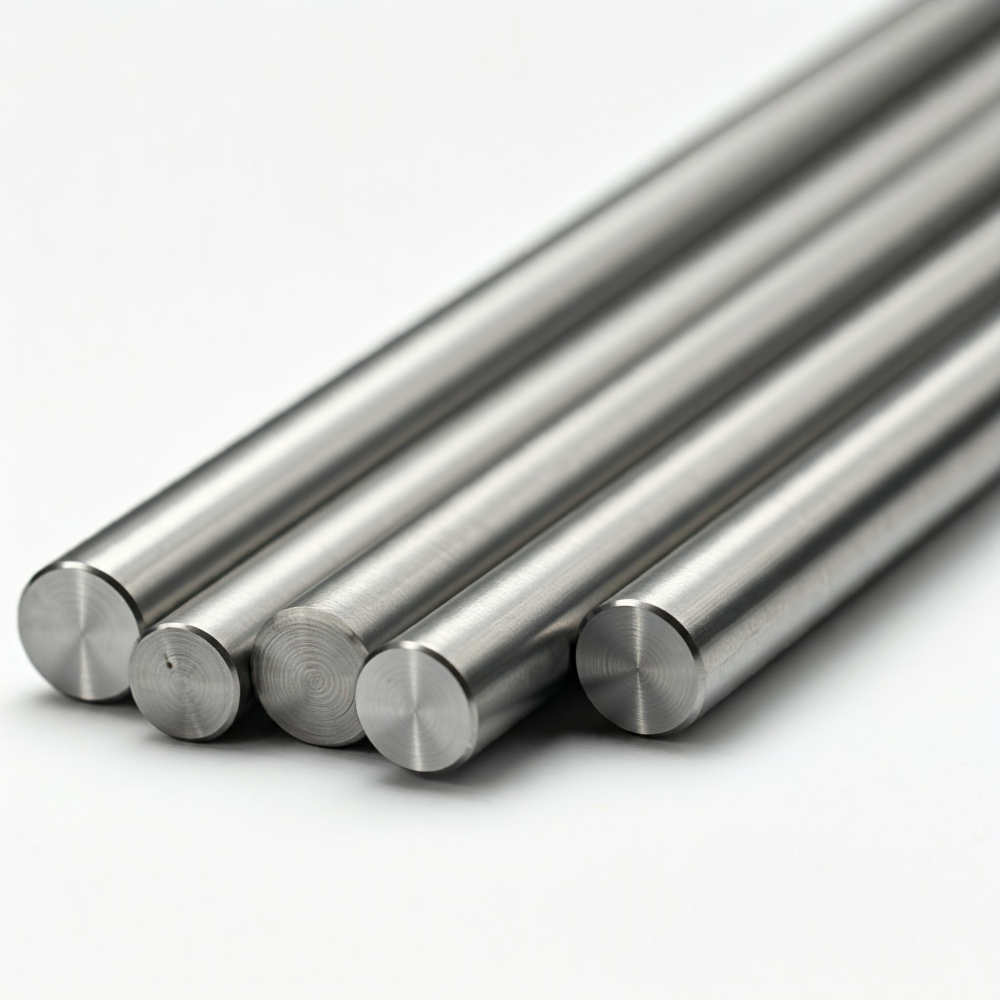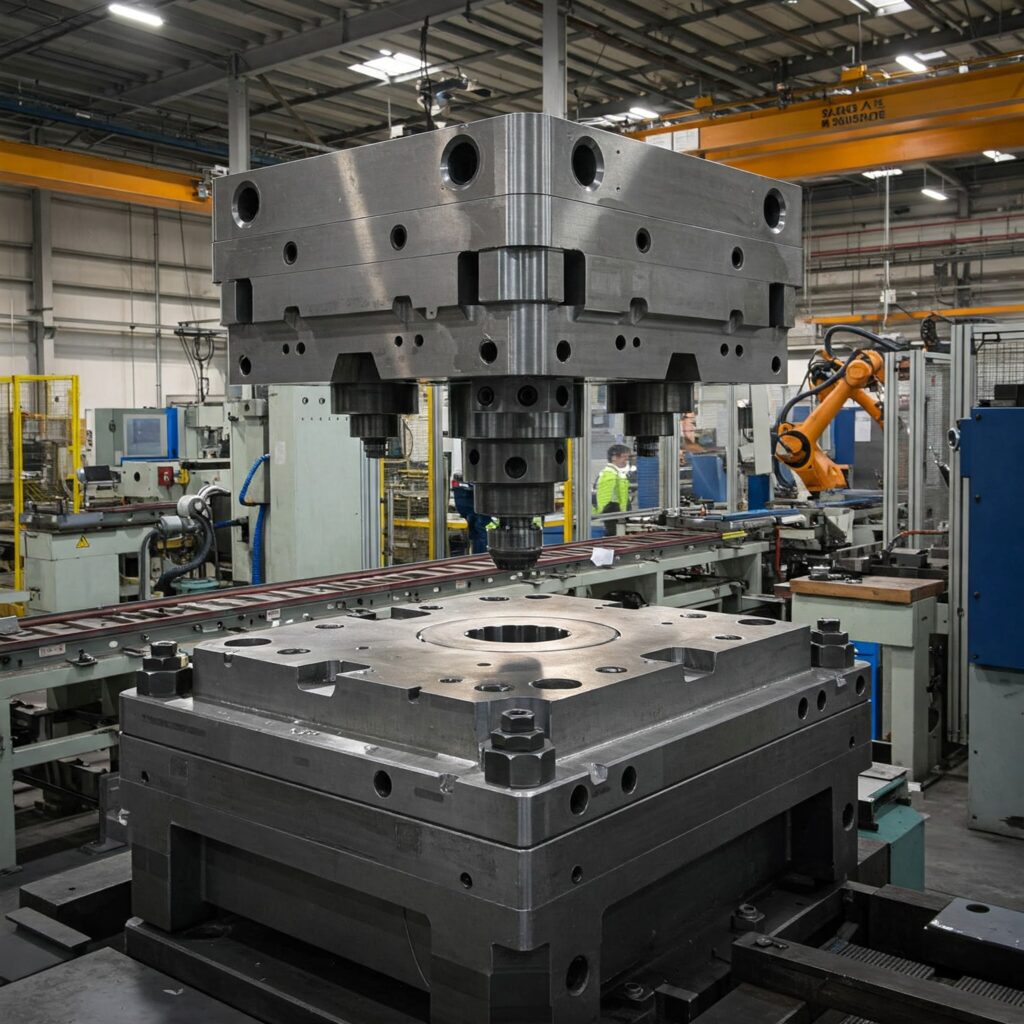A common question we encounter is about steel designations, specifically regarding A2 and Type 304 stainless steel. It’s essential to be clear, as different global standards can sometimes lead to confusion.
To put it directly: Yes, Type 304 stainless steel is often referred to as “A2” under the ISO 3506 standard. If you see “A2” listed in specifications following ISO 3506, it corresponds to what the AISI system calls Type 304 stainless steel.
Let’s delve a bit deeper into Type 304. This grade is a cornerstone of the austenitic stainless steel family and is perhaps the most widely used stainless steel globally. You might hear it referred to as “18/8” stainless, which indicates its typical composition: approximately 18% Chromium and 8% Nickel. Of course, precise chemical compositions can vary slightly depending on the specific ASTM standard; however, key elements such as carbon, Manganese, Silicon, Chromium, and Nickel fall within defined ranges.

Key Characteristics of Type 304 (A2):
- Corrosion Resistance: Type 304 offers reliable performance against corrosion in many environments.
- Mechanical Properties: In its standard annealed state, Type 304 typically has a minimum yield strength of around 205 MPa and a minimum tensile strength of 515 MPa. However, these values change significantly depending on whether the steel is annealed or has undergone processes such as cold-working, which increases its strength.
Important Variations of Type 304:
Understanding the subtle but crucial differences within the 304 family is vital for selecting the right material for your specific needs.
- Type 304L: The ‘L’ stands for low carbon (typically ≤0.030% or 0.035%). Why does this matter? Lower carbon minimizes the risk of carbide precipitation during welding, reducing the chance of intergranular corrosion in welded areas exposed to corrosive environments. This makes 304L a better choice for many welded applications, although its minimum yield strength is slightly lower than that of standard 304 (approximately 170 MPa).
- Type 304H: The ‘H’ indicates a higher carbon content (0.04%-0.10%), specifically controlled for high-temperature service. This controlled carbon level, along with specific grain size requirements, provides 304H with good strength at elevated temperatures, particularly in terms of creep resistance. It’s not the primary choice for applications requiring welding in wet corrosive conditions.
- Type 304N and 304LN: These grades have Nitrogen intentionally added. Nitrogen enhances both yield and tensile strength in austenitic stainless steels.
Making the Right Choice:
While “A2” is the ISO equivalent for Type 304, knowing the specific demands of your application, such as operating temperature, required strength, welding needs, and corrosive environment, is essential. Standard Type 304 (A2) is an excellent all-around choice for general corrosion resistance. However, for specific challenges such as heavy welding or high-temperature use, the 304L or 304H variants may be necessary.
At Aobo Steel, with our decades of experience in specialty steels, we understand these nuances. Choosing the correct grade ensures optimal performance and longevity for your project.


